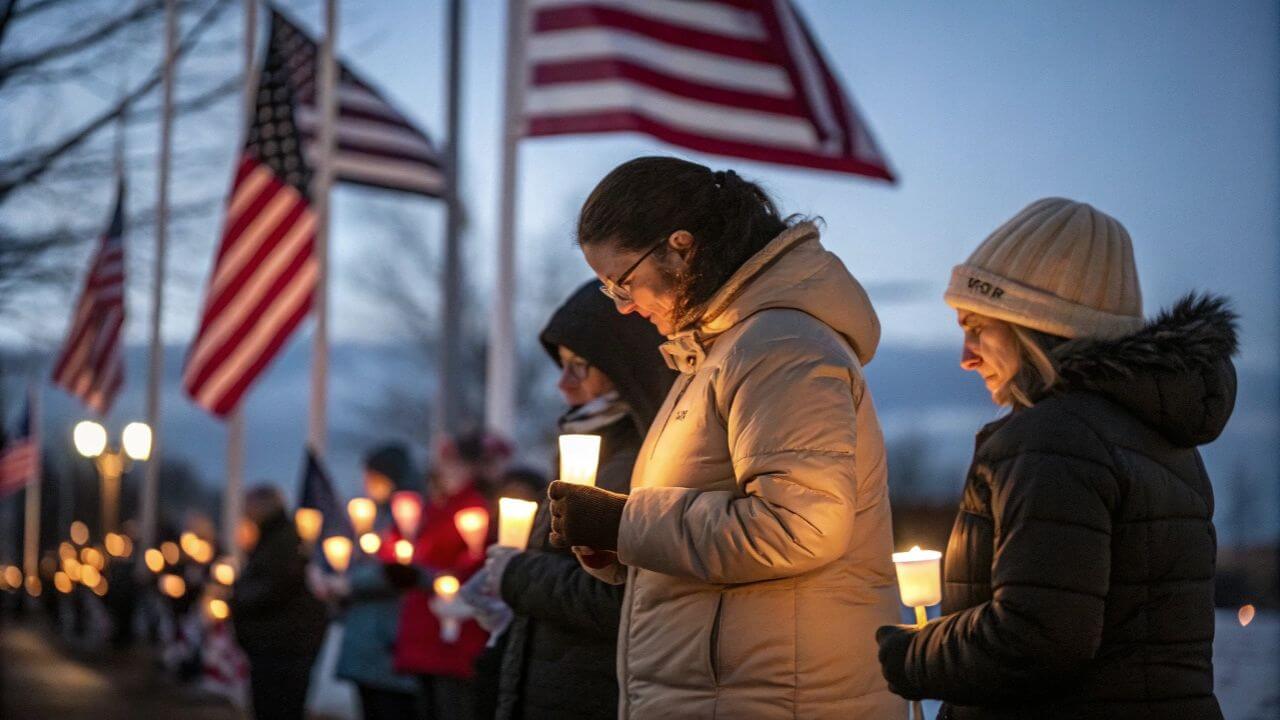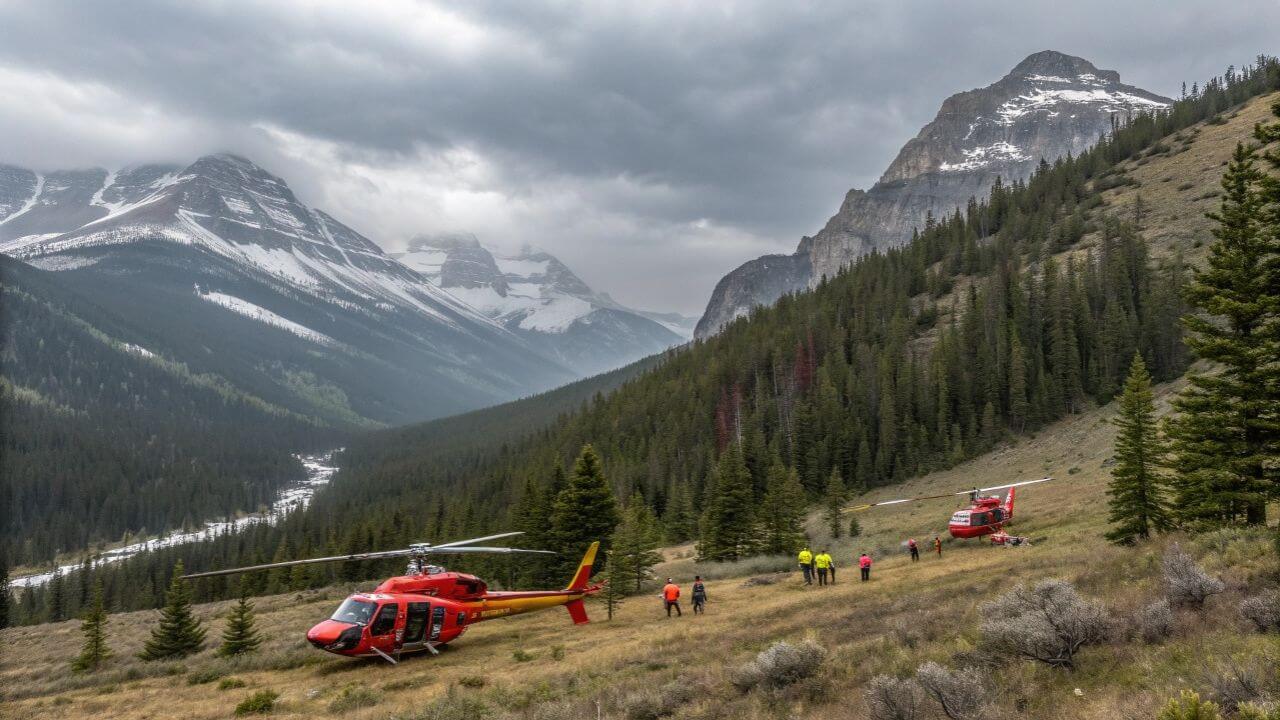A plane crash in the heart of the Bighorn Mountains, Wyoming, has shaken both locals and the wider U.S. audience, leaving questions that demand urgent answers. When a fatal plane accident strikes in such a remote setting, the tragedy feels even more haunting. This isn’t just another headline; it’s a story of lives lost, survivors pulled from wreckage, and the mystery surrounding what caused it.
Every aviation accident carries a lesson, and this case is no different. From the aircraft crash site to the ongoing crash investigation, the Wyoming tragedy highlights the fragility of flight while reminding us why aviation safety must always evolve.
Overview of the Wyoming Plane Crash
The Wyoming plane crash drew national attention due to the involvement of young passengers. The media described it as a light plane accident that ended in tragedy. While a fatal plane accident is heartbreaking, each crash investigation reveals key insights into what might have gone wrong.
Reports show the private plane accident took place in challenging conditions. The aviation accident reminds us how vulnerable small aircraft are when navigating remote areas. Comparing this to recent U.S. plane crashes, it’s clear that rural flights face unique risks.
Location of the Crash Site in the Bighorn Mountains
The aircraft crash site was found deep in the mountainous terrain of Wyoming. Search crews explained how difficult it was to reach the scene, which was surrounded by dense forest and rough weather.
The rural aviation incident highlights how geography slows down emergency response helicopter access. In these situations, the difference between life and death can be determined by the air ambulance’s responsiveness to the collision. These conditions often appear in Western states with wide open lands.
Casualties and Survivors Identified
Among the passengers, one young victim sadly lost her life in the fatal small plane crash in the U.S. records. Others sustained injuries but were pulled out alive thanks to quick survivor rescue efforts. Stories like these add to the heartbreaking plane crash survivor stories we often read.
While the chances of surviving a plane crash remain slim in rugged locations, medical teams work tirelessly to improve outcomes. Families affected often receive support from both local and national organizations during recovery.
Rescue Operations by Medical Helicopter and Emergency Teams
An emergency response helicopter reached the site after hours of searching. Teams reported heavy wind and rough weather while approaching the aircraft crash site. Still, Federal Aviation Administration (FAA) response protocols ensured the mission stayed focused and safe.
The air ambulance response to the collision greatly aided lifesaving efforts. Without quick air support, the injured passengers might not have survived. Such rescues in mountainous terrain crash conditions highlight the bravery of first responders.
Initial Reports on the Cause of the Plane Crash
Every crash investigation starts with an analysis of the cause of the plane crash. Officials often debate pilot error vs mechanical failure. In this case, investigators are reviewing weather reports, engine performance, and pilot actions.
Many experts say what causes plane crashes most often is not just one factor, but a mix of technical and human errors. Even in a light plane accident, small mistakes can turn into a fatal plane accident.
FAA and NTSB Investigation Updates
The National Transportation Safety Board (NTSB) probe and the Federal Aviation Administration (FAA) response will take months to complete. Both agencies follow strict FAA safety standards to ensure that nothing is overlooked.
Every NTSB investigation brings new insights that prevent future tragedies. These agencies also publish aviation safety reports after crash incident reports, which guide pilots and airlines on better safety practices.
How Common Are Plane Crashes in the U.S.?
Many people ask, How common are plane crashes in America? The truth is, they are rare. According to aviation safety statistics, most accidents involve small aircraft and not large airlines.
Still, there are hundreds of fatal small plane crashes in the U.S. every year. These numbers show that while major airlines are safe, private and rural aviation incident flights face greater risks.
| Type of Flight | Annual Crashes (U.S.) | Fatalities (Average) |
| Commercial Airlines | Very rare | Minimal |
| Small Aircraft | Frequent | Higher |
| Private Plane Accident | Common | Moderate |
What Are the Chances of a Plane Crashing?
People often wonder about the chances of a plane crashing. For commercial airlines, odds are as rare as 1 in several million. By contrast, the chances of surviving a plane crash in a small aircraft depend heavily on terrain, weather, and quick rescue.
Studies show that the risk of a small plane crash is much higher than that of commercial flights. That’s why pilots and passengers must always respect FAA safety standards when flying light planes.
How Often Does a Plane Crash Happen?
So, how often does a plane crash in the U.S.? Each year, statistics record hundreds of recent U.S. plane crashes, mostly involving private aircraft. Commercial airline crashes are almost non-existent in comparison.
Still, each aviation accident adds valuable lessons. Learning what causes plane crashes most often helps make future flights safer for everyone. Numbers might be small, but the impact on families is always huge.
Other Notable Plane Crashes: From Falcon Field to National Incidents
When looking at history, plane crashes, Falcon Field remains one of the most-discussed local accidents. Other fatal small plane crashes in the U.S. have involved private jets, hobby planes, and even chartered flights.
Reviewing plane crash news today alongside older accidents creates a clearer picture of aviation risks. By comparing different crash investigation outcomes, we see how safety continues to evolve.
Community Response and Support for the Victims’ Families
The Wyoming community rallied quickly after this plane crash. Vigils, memorials, and fundraisers showed how strong the plane crash impact on communities can be. Families often need both financial and emotional help after such tragedies.
Organizations and neighbors provide meals, housing, and even school support. These gestures ensure that the pain of a fatal plane accident is not carried alone. Support makes recovery slightly easier for survivors.

Final Thoughts on Aviation Safety After the Wyoming Plane Crash
The Wyoming plane crash is more than just a tragic headline. Each NTSB investigation teaches new safety lessons, and every FAA safety standards update makes the skies safer. Travelers must trust that regulators keep learning from each aviation accident.
If you want to explore more about aviation safety, you can check reports from FAA.gov or the NTSB official site. For related tech insights, visit Go Techanic, where resources are always expanding.
FAQs:
- What was the worst plane crash in history?
The 1977 Tenerife catastrophe, which claimed 583 lives, was the worst. - Which planes have crashed recently?
Several recent U.S. plane crashes involved small private aircraft 2025. - How many planes crashed in 2025?
Dozens of small aircraft incidents have been reported so far in 2025. - What causes plane crashes most often?
Most crashes happen due to a mix of pilot error, mechanical failure, weather, or maintenance issues. - How common are plane crashes in America?
According to aviation safety statistics, major airline crashes are sporadic, but fatal small plane crashes in the U.S. occur each year.


